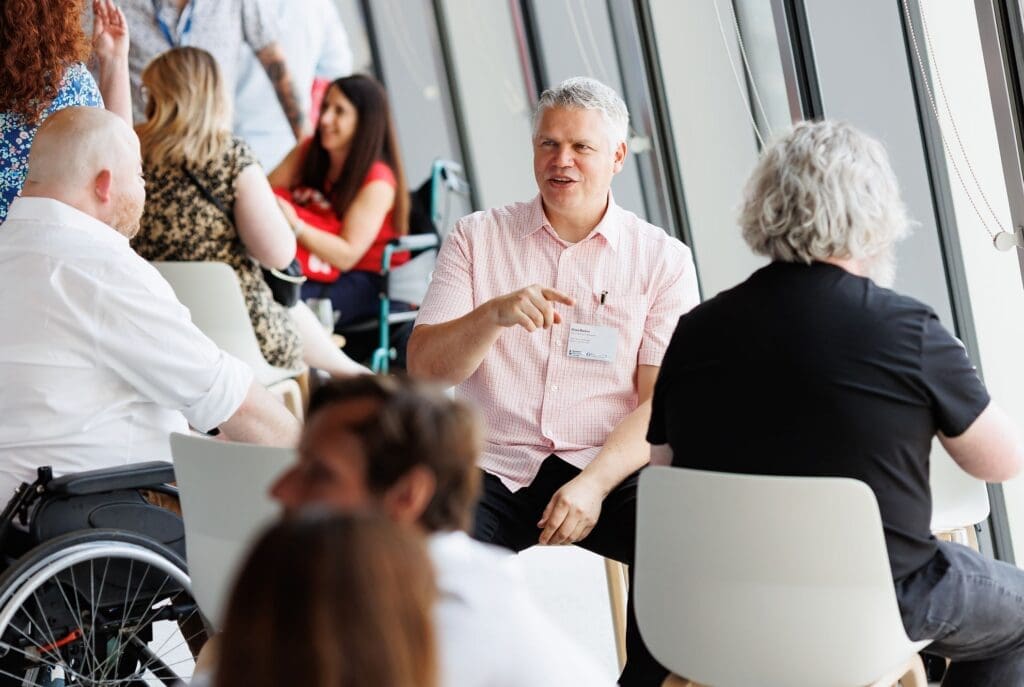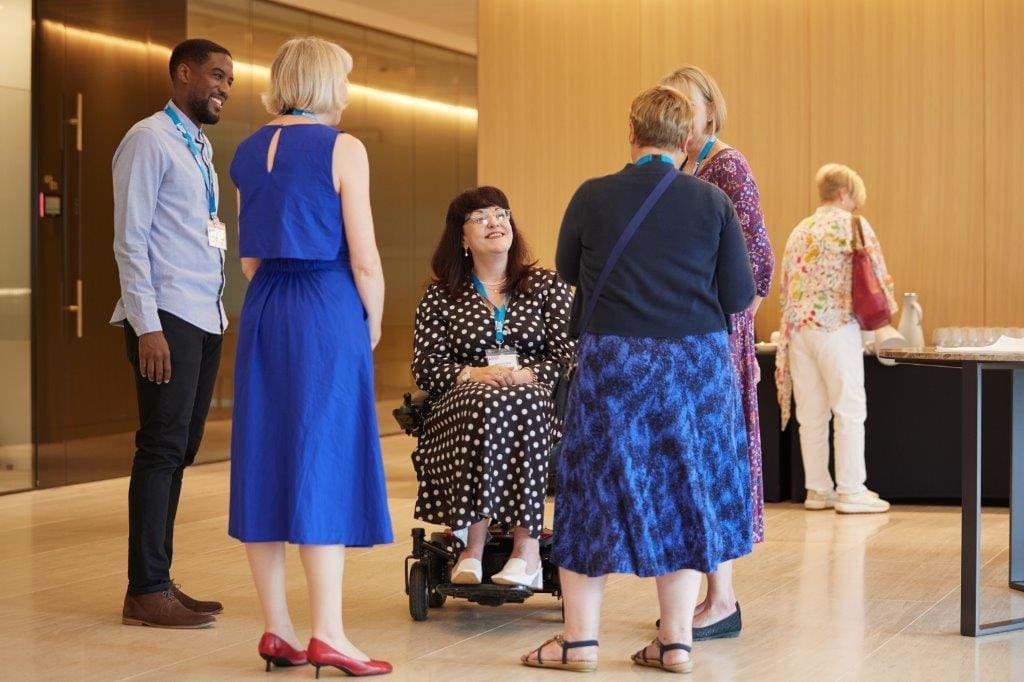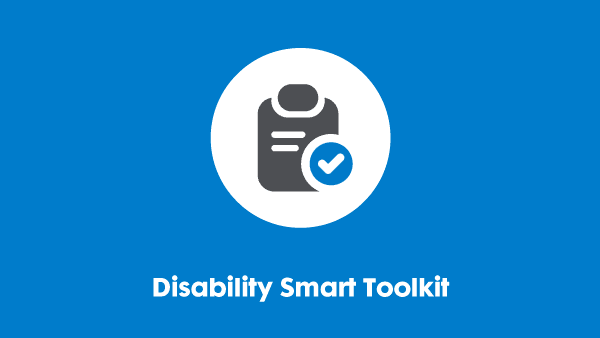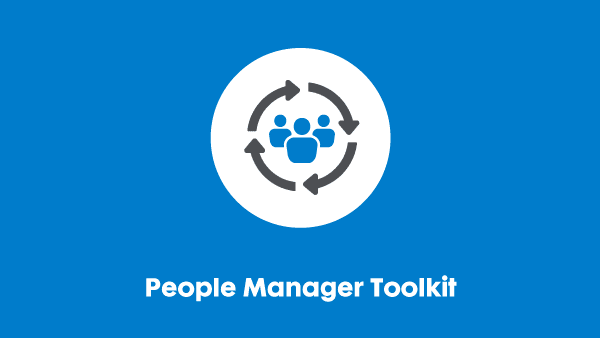How to plan accessible and inclusive events
Coming soon
‘How to plan accessible and inclusive events’ will be published on 1 December 2025. Come back then to find our guidance on planning, organising and delivering accessible and inclusive events.
Introduction
Ensuring events are accessible and inclusive isn’t just the right thing to do, it’s an opportunity to create value and is essential to ensuring you achieve your aims. When you remove barriers to participation, you open the door to a wider audience and create a space where everyone can genuinely connect with the content and with each other. Events that embrace diverse voices and perspectives feel richer and more rewarding, and accessibility is what makes that possible. It’s the foundation that allows every attendee to take part on equal terms.
It’s also worth remembering that accessibility benefits far more people than you might expect. Captions help not only Deaf and hard-of-hearing participants, but also anyone tuning in from a noisy café or a shared workspace. Step-free routes support wheelchair users, parents with prams, travellers with luggage, and many others. When you build inclusivity into your planning from the very beginning, you create a smoother, more welcoming experience for everyone. And in doing so, you show your commitment, strengthen trust, and boost your organisation’s reputation.
This toolkit contains all the information you need to consider disability inclusion at every stage of planning and delivering your event. We have separated the resources into two sections: in-person and hybrid events, and events that are only being run online. Using the two boxes below, you can access the resources relating to the type of event you are running and find advice about all aspects of event planning. Within each section you will find practical advice, including top tips and step-by-step guides, to support you in making your event accessible, inclusive, and welcoming.
Alternatively, you can visit the Contents page to see a full list of all the resources.
If you are unsure whether an in-person, hybrid or online event will work best for you, scroll down for advice on ‘How to choose an event format’.

In-person and hybrid events

Online events
The majority of resources in this toolkit are only available to Business Disability Forum Members and Partners. Non-members can access the Top Tips resources plus the blogs freely. Members and Partners enjoy exclusive access to a wealth of resources on our Knowledge Hub plus additional member benefits.
How to choose an event format
Unsure which format is right for your event? Here are some things to consider when deciding whether your event should be in-person, online, or hybrid:
Purpose
Does your event involve networking or socialising? If so, in-person or hybrid might be more appropriate.
Resources
Consider the budget, staff time, knowledge, venues and other resources you have at your disposal. In-person and hybrid events can be costly if you need to hire a venue, provide catering, or source audio-visual equipment. If you opt for an event with an online element, you need to ensure that you have the expertise to manage accessibility on an online platform.
Audience and speakers
If you host an in-person event, do you know that your target audience and speakers would travel to attend? Distance and cost could affect how likely it is that they will come.
Is your audience international? Are you targeting disabled people with your event? Either of these factors may make an online or hybrid event more appealing to your target audience.
Be realistic about what you can achieve
Inclusive event design is important, and reducing barriers for disabled attendees brings clear benefits. What is possible, however, will depend on your organisation’s resources and the type of event you are planning. It may be easier to make a simple keynote accessible than a complex, interactive event, and larger organisations will naturally have more options than smaller ones. Aim to do as much as you reasonably can.
At the same time, don’t let the perfect be the enemy of progress. It is better to run an event where you have done everything possible to make it inclusive than to avoid holding it because of barriers you cannot remove. For example, a library in a listed building may not be able to install a lift but can still take steps to ensure its events are as welcoming and accessible as possible.
Real life experiences of running and attending accessible events
In the following video, Anna Gellert from the European Bank for Reconstruction and Development explains their experience of working with BDF on an inclusive event:
Read the following blogs to understand more about the impact of inclusive events:

Inclusive event planning – A continuous learning journey

When is a PEEP so much more than a PEEP? When it makes you feel like a bit of a celeb.
Who is this resource for?
This resource is for anyone who is responsible for organising, designing or delivering an event. By ‘event’ we mean a number of people gathered to watch and listen to one or more speakers on a particular topic or set of topics.
If you require this content in a different format, contact enquiries@businessdisabilityforum.org.uk.
© This resource and the information contained therein are subject to copyright and remain the property of the Business Disability Forum. They are for reference only and must not be copied or distributed without prior permission.


